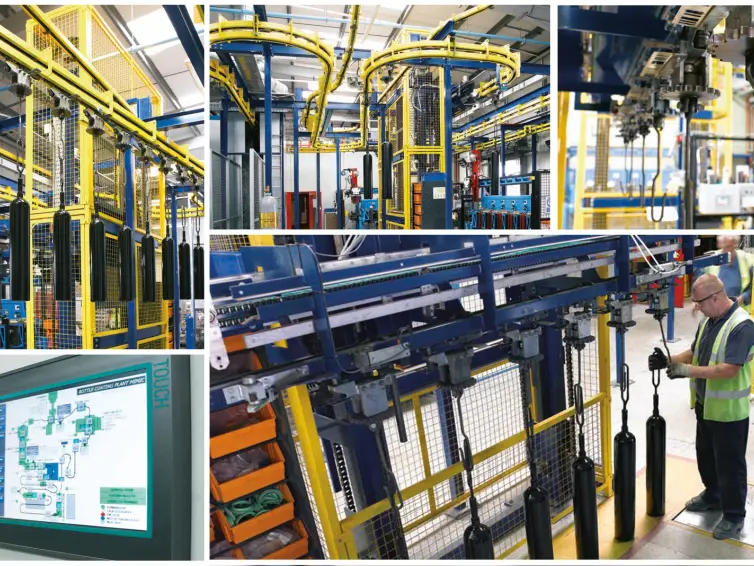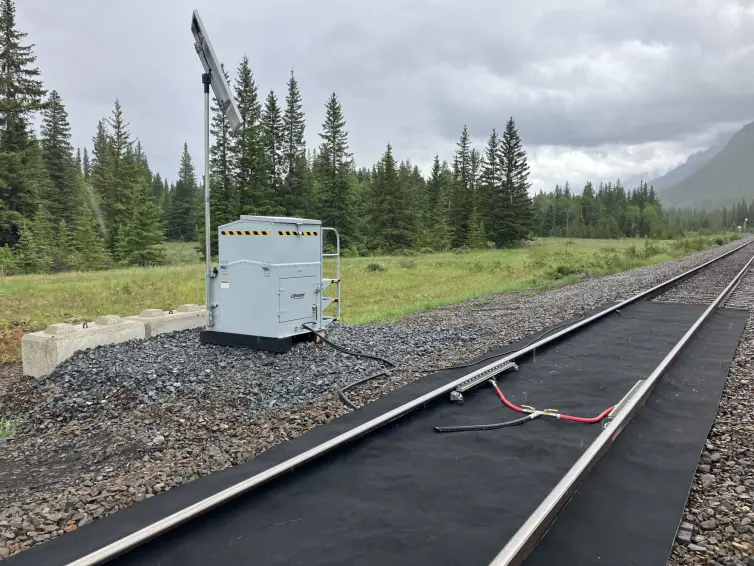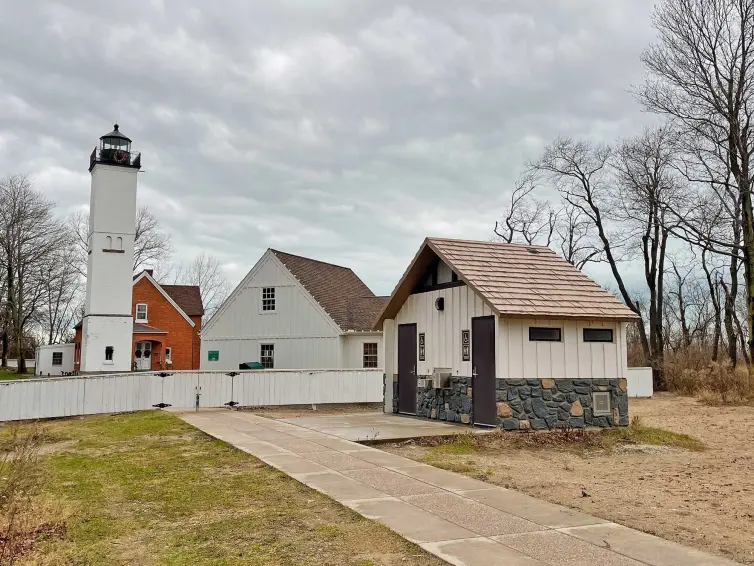L.B. Foster installs innovative conveyor system at BOC’s new test facility
- Feb 02, 2014
- Rail
A Member of the Linde Group, BOC is a market leader in the UK in industrial, medical and special gases.
BOC is responsible for the maintenance of each cylinder of gas it supplies and the cylinders are tested every five or ten years, depending on their type. The company has two major test locations – one in Ipswich and the recently commissioned addition to the Wolverhampton facility.
The first of its kind
The Wolverhampton facility is the first of its kind; cylinders are shot blasted and powder coated before being tested. This guarantees that the surface of the cylinder is free from imperfections leading to a low test failure rate and an excellent cylinder finish.
Working with LB Foster has been a positive experience; they are both proactive and committed.
High production rate in a tight footprint
Martin Wragg is the Cluster Production Manager for BOC. He explained: ”The business case for our investment in the new centre was improved productivity whilst maintaining the highest standard of finished product. This needed to be achieved in an area with a very tight footprint and that was the challenge that we put to LB Foster Materials Handling.
The advantage of installing a power and free overhead conveyor has meant that we can transport the cylinders in mixed batches around the facility. This has enabled us to increase our productivity and therefore realise a faster return on our investment.
Bespoke engineering
When the cylinders arrive in the test shop, having previously been blown down, they are checked to ensure that they are empty and then de-valved. A hanger is attached to the thread at the top of the cylinder and they are grouped into batches of six in readiness for refurbishment. As the cylinders vary greatly in size and weight, LB Foster provided bespoke engineered drop sections for the load and offload areas, each with a push button controlled, variable stroke of up to 2 metres and capacity for six carriers enabling cylinders of different heights to be loaded onto the conveyor at the same time.
At the loading area, the operator attaches each cylinder to its individual carrier without moving it from the floor, an important design feature of the system as a cylinder can weigh up to 85kg. Data is then programmed into the system for each carrier which will confirm the process required for each cylinder. A unique barcode attached to the carrier will tie together the process data to the specific cylinder. This barcode will be read at key positions around the system to identify the exact processes the cylinder will go through as it is transported around the facility. The drop section loaded with six cylinders is then raised up to track height, again by the touch of a button. The six loaded cylinders are then automatically transferred from the raised drop section into a buffer zone between the load area and the shot blast machine where they will accumulate behind a series of auto-stops.
One at a time the cylinders will be moved into the shot blast machine and when inside a powered rotation unit will engage on the sprocket spinners on the carriers, this rotates the cylinders for a predetermined time. On completion the rotation unit stops and the cylinder exits the booth ready for painting.
Accurate control system
There are a further four rotation units around the system – these spin the cylinders in the powder coating booth, an infra-red oven, the wet paint booth and a second infra-red oven. The rotation units have special flameproof motors to eliminate sparking, making them suitable for use in a hazardous environment. The control system for the conveyor has also been designed by LB Foster; it is operated by simple to use schematic touch screens. “It is essential that the overhead transport system operates with complete accuracy,” comments Wragg. “This is particularly important when the cylinders are being rotated in the powder booth and the wet paint booth.” Powder coating is applied to the whole cylinder and a wet paint band applied to the shoulder. The colours used identify the type of gas, i.e. a black cylinder with a white band around the top denotes oxygen.
…this has enabled us to increase our productivity and therefore realise a faster return on our investment.
Working with LB Foster – a positive experience
Once the paint is cured, the cylinders arrive at the offloading area; a second drop section gently lowers the cylinders back down to the floor in batches of six. Here the cylinders are removed and re-valved prior to testing. The overhead conveyor then routes the empty carriers over the re-valve station back to the first drop section to begin the whole process once more. “Working with LB Foster has been a positive experience; they are both proactive and committed, says Wragg. “The entire operation has been well managed and completed safely in a tight timeframe. Inevitably, with such a complex project there have been issues, but their response has been swift, acting immediately to address the problem.”



